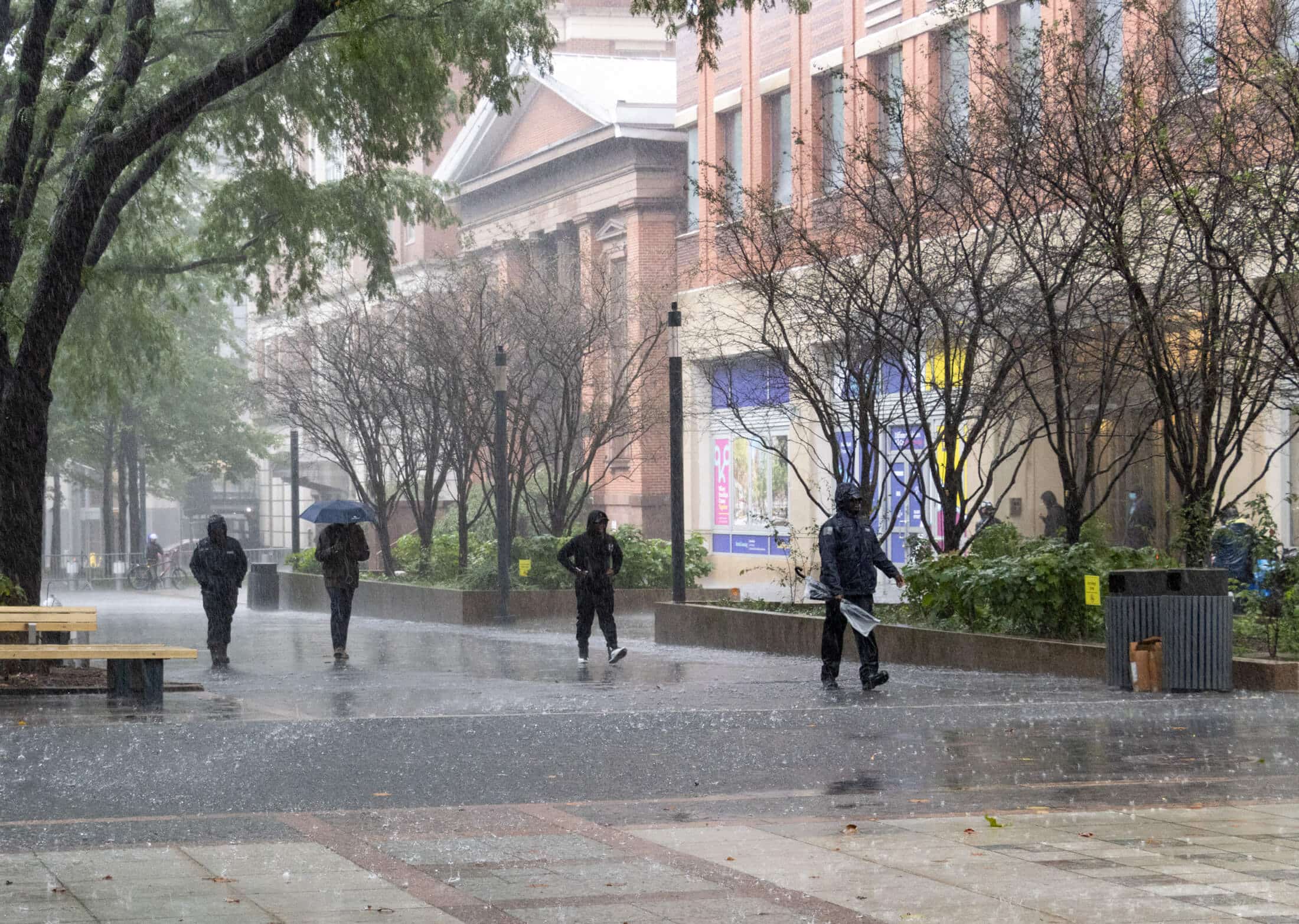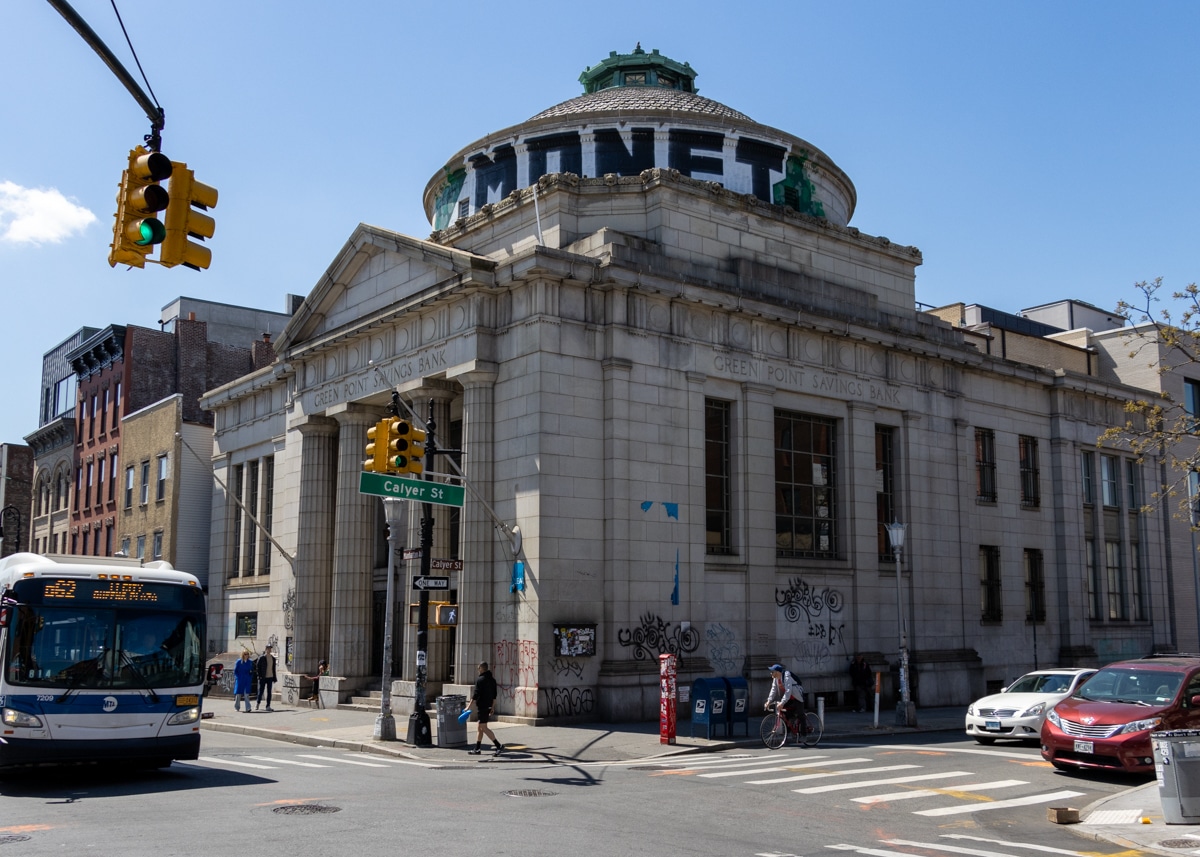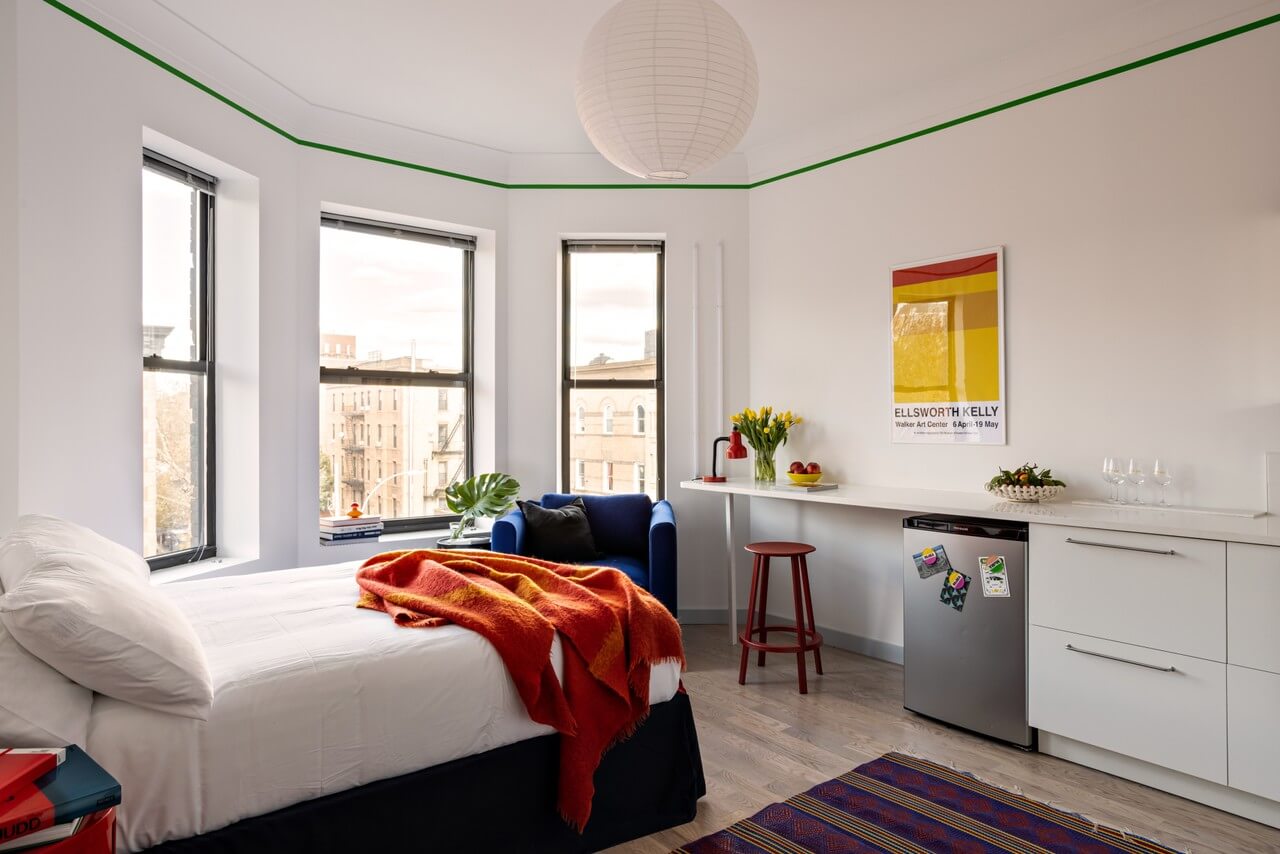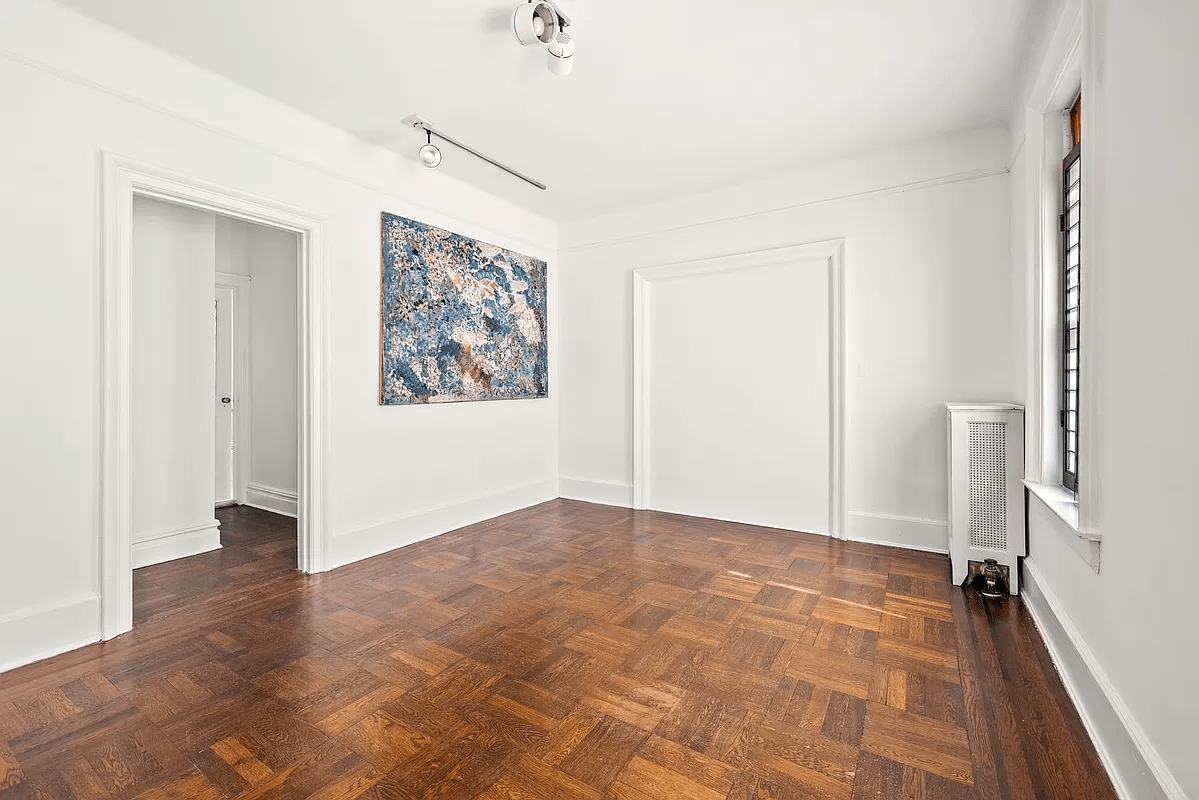Building of the Day: 22 Stuyvesant Avenue
Brooklyn, one building at a time. Name: Flats building Address: 22 Stuyvesant Avenue Cross Streets: Willoughby and Vernon Avenues Neighborhood: Bedford Stuyvesant Year Built: Late 1880s Architectural Style: Queen Anne Architect: Unknown Landmarked: No The story: The Eastern District section of Brooklyn was the old Ward 25, encompassing the eastern end of Bedford Stuyvesant, on into…

Brooklyn, one building at a time.
Name: Flats building
Address: 22 Stuyvesant Avenue
Cross Streets: Willoughby and Vernon Avenues
Neighborhood: Bedford Stuyvesant
Year Built: Late 1880s
Architectural Style: Queen Anne
Architect: Unknown
Landmarked: No
The story: The Eastern District section of Brooklyn was the old Ward 25, encompassing the eastern end of Bedford Stuyvesant, on into Bushwick. Saratoga Park, the topic of today’s Walkabout, is in this area. Stuyvesant Avenue begins on this block, and runs south to another great park, Fulton Park, at Fulton Street. This part of Stuyvesant is right on the edge of Broadway, and at the turn of the 20th century, was just across the street from a prominent bank, lots of businesses, and major transportation in the form of the elevated train, trolleys, and major streets. This was a good place to build a handsome flats building, a place that would be convenient for someone’s business and commuting ease.
I was not able to find the architect. Perhaps it was our old friend Theobald Engelhardt, who had his talented fingers all over this part of town? The building is fine work, and worthy of him. But he was certainly not the only architect working in the Eastern District. Whoever it was, they did a great job. Like most of these walk-up flats buildings, the building held eight families, two per floor.
The exterior is quite beautiful, with twin bays projecting out onto the street from the flat surface of the front of the building. The bays are just great, with wide surfaces upon which the architect has lined up colonettes, swags and garlands, and a really great cornice. The arched windows on the top floor really add to the beauty of the building as well. A modern front entrance takes a lot away from the building, but it’s quite remarkable that the majority of the great detail remains.
The building has had a couple of interesting tenants in its long history. The first was an architect named M.J. Smallheiser, who worked from here in the 1890s, until 1898 when he moved his office to Manhattan. One can assume he also lived here. He is on record for designing the plans for several local buildings, the listings always reading “plans only,” so he was never an on-site architect. I wonder if he had anything to do with the building itself? More thorough research is needed.
The other interesting tenant was far more colorful. He was Albert Whitman, in 1894, the 40-year-old head of a large and very profitable “policy game.” Today we call them numbers runners. He was arrested that year with other members of his crew, all taken down for running a new game called the “red and green game,” which was supposed to be connected to a national lottery in Canada. In actuality, it was a con game, where money was collected for policy strips, or tickets, but no one ever won. Whitman worked under several aliases, but the police finally tracked him down to his apartment in this building. When he was arrested, he was found with machines that were busy printing thousands of tickets. I think he probably lost his apartment, as he had a new home for a number of years, one with lots of bars.
The papers mention other tenants of the building over the years, good and ordinary people who were pillars of their churches, and generous civil servants, like a postman who lived here at the turn of the 20th century who was a generous contributor to charitable funds. But this neighborhood was hard hit by mid-century, and only got worse, as Broadway burned in the 1960s and later. By the 1980s, when a tax photo was taken, the building was boarded up and abandoned.
In 1993, the City Council approved a large redevelopment plan for this part of Bed Stuy and Bushwick, and 22 Stuyvesant Avenue was among the group of buildings that was chosen for rehabilitation. The city was trying to fix up the old buildings, not tear them all down, and fortunately, this building was reborn. It now still has eight tenants, and is an HPD building operated for the city by a group called the Hunterfly Limited Partnership. The building was rehabbed in 1994, and looks pretty good. It’s good to have it back. GMAP












What's Your Take? Leave a Comment